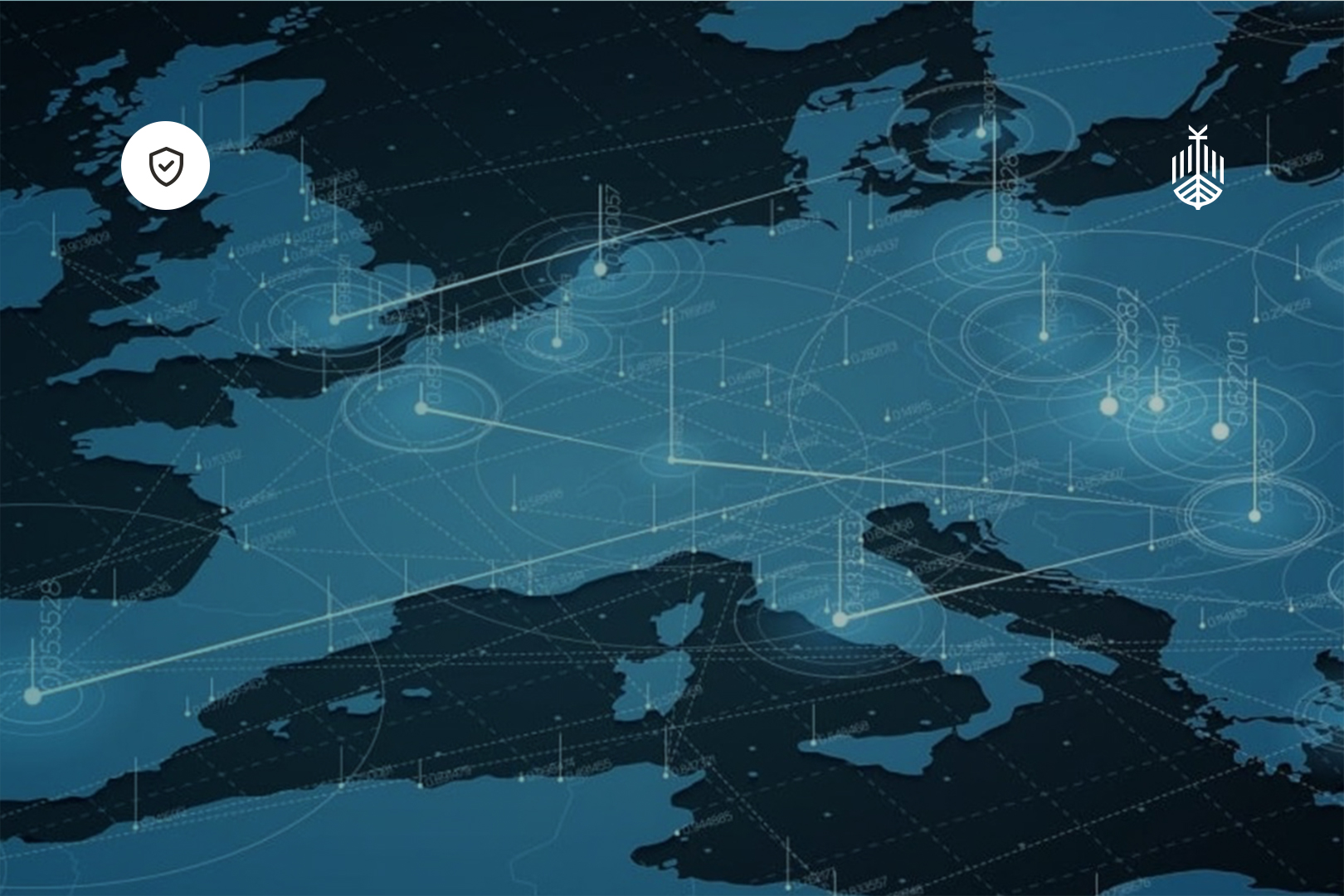Europe is rearming. Its core challenge is conversion, turning concepts into manufacturable capability that show up on production lines and in the hands of Soldiers. Venture studios are positioned to improve that conversion rate. Venture studios originate problems with buyers, assemble founding teams, and provide shared services from company formation to accreditation. This articles examines how studios can complement EU and NATO instruments (European Defense Fund, European Defence Industry Programme, Act in Support of Ammunition Production, NATO DIANA, NATO Innovation Fund), a more permissive financing environment, and how venture studios add unique value to this system.
In 2024 global military expenditure rose 9.4% to $2.718 trillion, the fastest year-on-year increase since the late Cold War1. Sustained budgets are not sufficient though. The binding constraint is throughput from prototyping to production at cost and speed.
The European Union has deployed a variety of programs to promote defense rearmament in theory. The European Defence Fund (EDF) backing collaborative research and capability development (~€7.3B in 2021–27 timeframe), the proposed European Defence Industry Programme (EDIP) operationalizes the European Defence Industrial Strategy (EDIS) ensuring availability “on a steady basis, in time and volume.” The Act in Support of Ammunition Production (ASAP) targets a ramp to 2 million shells/year by end-2025, indicating the shift from pilots to volume2.
On the alliance side, NATO DIANA built a challenge-driven accelerator network, and the NATO Innovation Fund (NIF) closed their first in the world venture capital fund comprising of sovereign states as investors (limited partners in venture capital speak) to invest in dual-use founders. Together, these instruments generate a steady flow of validated concepts, technology, and founder teams. The open question is whether any of these make it through Europe’s fragmented procurement processes rapidly enough to matter.
On the financial point, the European Investment Bank (EIB) has started to loosen its rules to support more security and defense-related projects. However, it still excludes weapons and ammunition, widening the capital stack for dual-use ventures3. Approved projects include infrastructure, enabling tech, resilient supply chains related work.
Europe has the policy base and capital to rebuild capacity. The practical bottleneck is convertibility. Venture studios raise the conversion rate by starting at the mission, engineering for industrialization from day one, and standardizing the burdens export control, cyber, safety, and quality that typically derail first-time founders, or founders unfamiliar with the defense space.
What is a defense venture studio?
A venture studio builds, assembling founding teams in house or developing a joint venture with an existing startup. Then a studio adds value through delivering shared services such as legal, compliance, hiring, product, accreditation, building a sales cycle, and a go to market strategy. Finally, a successful venture is spun out with a hired external team to continue running the company as it becomes too large for the studio to continue managing in-house with the founders. A venture studio differs from accelerators (cohort education) and from funds (capital allocation) by owning the build or forming a joint venture with an existing startup. In an opaque niche market such as defense a venture studio adds additional value through bringing the needed expertise to navigate a confusing and convoluted procurement process. All while working to disrupt a backdrop of established defense prime contractors. Studios can be the connective tissue between these moving parts.
Where studios add unique value
- Start with missions, not technology as studios can treat challenge statements and national capability roadmaps as backlogs strategically deploying capital and manpower resources to align seller/buyers and avoiding requirement traps (breaking a proven solution to fit flawed requirements).
- Design for industrialization from day one. Europe’s defense rebuild is fundamentally about production. Venture studios – motivated to return capital – should front-load manufacturability, certification paths, sovereign sourcing, and tooling so they meet EDIP’s “steady availability” goals and ASAP’s throughput targets before demo day.
- Export controls, think ITAR exposure, cyber baselines, safety cases, quality management, and data residency are often unfamiliar topics for founding teams. A studio can leverage expertise in navigating these processes, reusing proven methods and a close network of contacts across a portfolio.
- Building the initial sales process and go-to-market strategy. Studios should deliberately sequence commercial projects alongside defense pilots. The aim here is to build traction and revenue through a dual use tract as government procurement processes are opaque and hard to navigate for outsiders. Policy aware product roadmaps are built in from the beginning building directed supply chain requirements in by design.
To close this section, studios are procurement operators. Studio success depends as much on procurement fluency as on product execution. Portfolio architecture constructed strategically leverage synergies unmatched by individual startups. A shared ecosystem creates clusters of complements interoperating by design. Heavily involved studio partners build the business side by side with founders. These drive sales ease and reinforce traction at any one portfolio company in a way hard to replicate in traditional venture capital funds with passive investors.
Case Examples
Let’s talk through a couple examples of how a studio could apply itself on the topics of ammunition and energetics, counter-unmanned aerial systems (c-UAS), and supply chain intelligence.
Ammunition and energetics through cluster formation. Think through a portfolio design pairing a venture on energetics chemistry, one on fuze electronics with sovereign supply, and one on quality assurance/test automation. Align all to ASAP bottlenecks and EDIP availability language4. The outcome strived for here is synchronized accreditation and capacity that maps directly to the 2 million shells a year target.
Build a c-UAS portfolio of interoperable ventures aimed at one problem set. For example, Electro-Optical/Infra-Red5 sensing, compact radar, and radio frequency detection companies should all speak a shared command and control protocol and drop into existing military kits and prime production lines with minimal integration work.
Supply chain de-risking is top of mind across NATO and partner ecosystems. A studio can seed ventures that fuse open-source and proprietary data to map facilities, ownership, capacity, and risk across Europe. Tools that cut procurement and supplier risk at award time. The goal is to allow for a clear and total view of a supply chain all-encompassing raw components, sub-contractors, logistical movements, and final product assembly.
Risks and counterpoints
No work in defense or any new business venture is risk free. Studios ecosystems could add yet another layer of bureaucracy for founders. This could actually fragment a wider defense ecosystem more as Europe attempts to re-arm. Additionally, defense requires capital intensity investors may not be used to, straining and stretching deployed capital. Investors eager to see an expected return materialize may soon realize the long road of defense acquisition is not one that is traveled quickly for newcomers. (This topic itself requires a whole other article about what investors in defense tech should expect).
However, studios set the expectations for their investors. Values as well as capital matter here. As European governments act to rapidly increase defense spending how capital deploys matter to ensure this is not a bubble waiting to burst. There is a rush of capital into defense tech right now, but the investors who will prosper in the long run are those that act strategically. Partner those with the experience to pair entrepreneurial backgrounds, investor capital, and defense domain expertise. The value is owning the build and institutionalizing conversion know-how.
Wider implications and Conclusion
Public sector agencies should treat studios as scale-up infrastructure and partners with opportunities for shared compliance, test, and quality human infrastructure. Non-diluting funding is key for defense tech startups and founders. This is key fuel in the ecosystem. Let us align NATO DIANA and similar programs to downstream support with explicit technology readiness level (TRL)6 gates so companies graduating the DIANA program have a predictable path to procurement. Procurers should reward interoperability with their dollars. Preference bids that demonstrate open interfaces and inter-company operability, reducing integration risk for all.
Europe’s defense ecosystem presents a systems challenge: budgets, policy, primes, subject matter experts, engineering and entrepreneurial talent need to move in concert to improve conversion from concept to capacity. The EU and NATO have created the right scaffolding EDF, EDIP/EDIS, ASAP, DIANA, NIF, and available financing have greatly heated up in the private sector. Venture studios can connect these dots by starting with buyer-defined missions, engineering for industrialization, standardizing the hard parts of compliance, and orchestrating dual-use go-to-market. A positive result should not be seen as a surge of pilot programs. It should be measured in a steady availability of interoperable capability at volume. A measurable improvement in Europe’s defense readiness.
Further reading
- SIPRI, Trends in World Military Expenditure 2024 (2025): Trends in World Military Expenditure, 2024 | SIPRI
- European Commission, European Defence Industrial Strategy & EDIP factsheets: EDIP Factsheet
- NATO DIANA, Accelerator Programme and site network: DIANA | Accelerator Programme
References
2 Act in Support of Ammunition Production (ASAP)
3 EIB steps up financing for European security and defence and critical raw materials
4 Act in Support of Ammunition Production (ASAP)
6 See page 115 of this guide from the U.S. for different definitions of TRL level: GAO-20-48G, Technology Readiness Assessment Guide: Best Practices for Evaluating the Readiness of Technology for Use in Acquisition Programs and Projects












